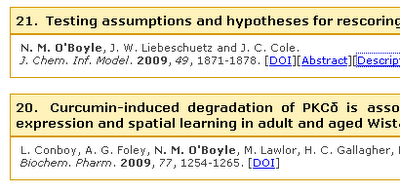This is a problem that I've been working on for the 3D builder in OpenBabel. Given a connection table (e.g. a SMILES string), OpenBabel builds up the structure of a molecule using some basic geometric rules as well as ring templates (SMARTS strings for rings, and associated coordinates). Afterwards, the stereochemistry is corrected where necessary.
Well, for any tetrahedral center with at least two non-ring bonds, those two bonds can be swapped to correct stereochemistry. For the special case of a spiro atom (an atom with four ring bonds which, if broken, split the molecule into three fragments), one of the rings involved can be rotated 180 degrees to correct the stereochemistry.
How about for a stereocenter with three ring bonds? This is typically found where two rings join along an edge, or in bridged ring systems. Well, that's a bit tricky as you can't swap bonds around. But what you can do is invert the coordinates of the entire ring system. Of course, the ring system may contain more than one stereocenter (actually, I think such a ring system is guaranteed to contain at least one other stereocenter) in which case it will not always be possible to satisfy the stereochemistry at all centers simultaneously.
This is as far as I've currently gotten.
The next step is to include some stereochemistry information in the ring templates themselves. That is, to include different versions of the ring templates for the various stereochemistry arrangements. This should increase the coverage of ring systems that OpenBabel can successfully handle.
Of course, there is a limit to how far one can get with ring templates, but it'll be interesting to find out where that limit is.
Image credit: nickzeff


